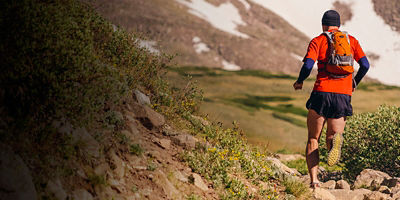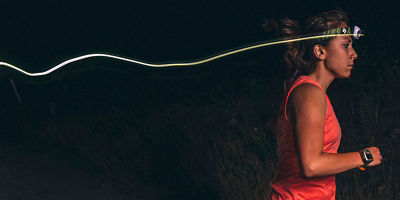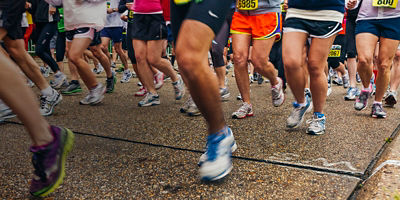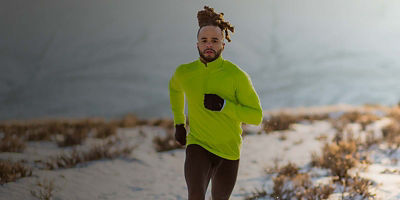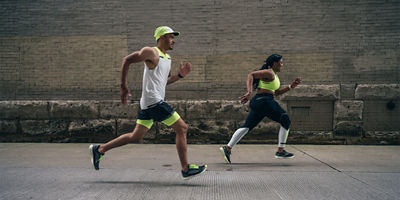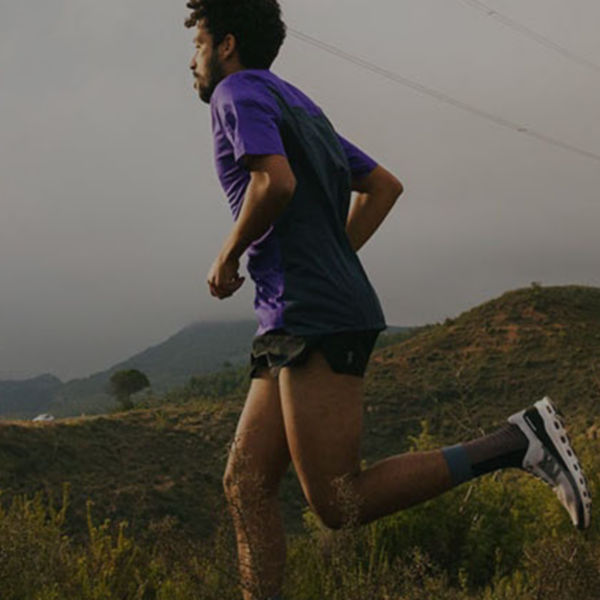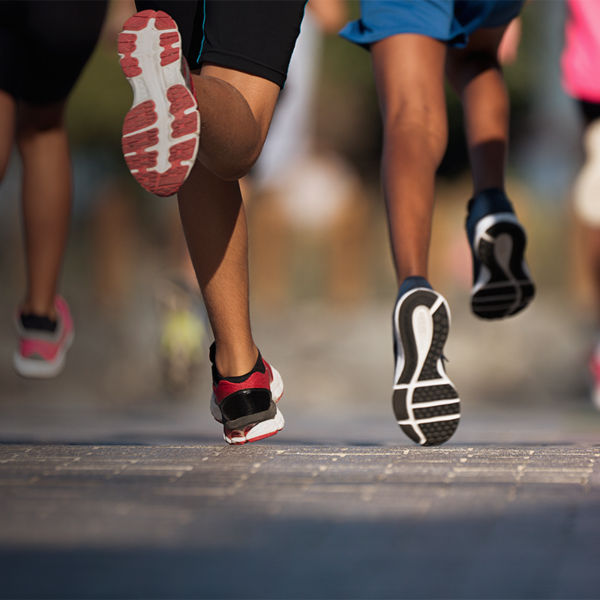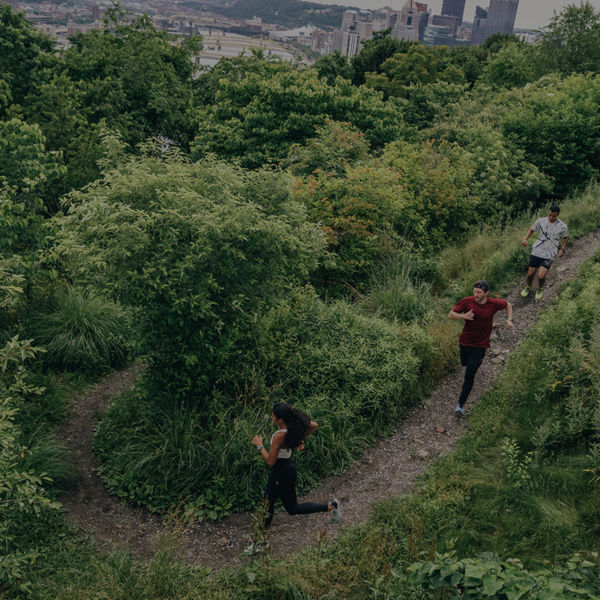
It can be harder to make yourself drink water in the winter, but that doesn’t mean it’s any less important. You may not feel thirsty when the temperature drops, and you may not sweat as much in the winter as you do in the summer. But in the colder months, there are other factors that sap moisture from your body.
For one, the air is drier in the winter. That means your skin and respiratory system dry out faster than in more humid conditions. There’s also the fact that winter activities can require more exertion. Moving through snow, especially if you’re Nordic skiing, skinning, or snowshoeing, and simply maintaining body heat in cold weather, can take a lot of energy. Staying hydrated keeps your muscles and joints lubricated and functioning at their optimal levels, helping you feel better and staving off fatigue. Plus, drinking fluids can actually help you keep warm: When you’re well-hydrated, you have better circulation, which is how your body regulates its temperature.
And all that’s when you’re not sweating. High-output winter sports, like winter running and or Nordic skiing, can actually make you sweatier than you might expect. Replacing those fluids is imperative to keep you feeling good. Not staying hydrated in the winter can even weaken your immune system, which is one more reason to drink up. Here’s how.




